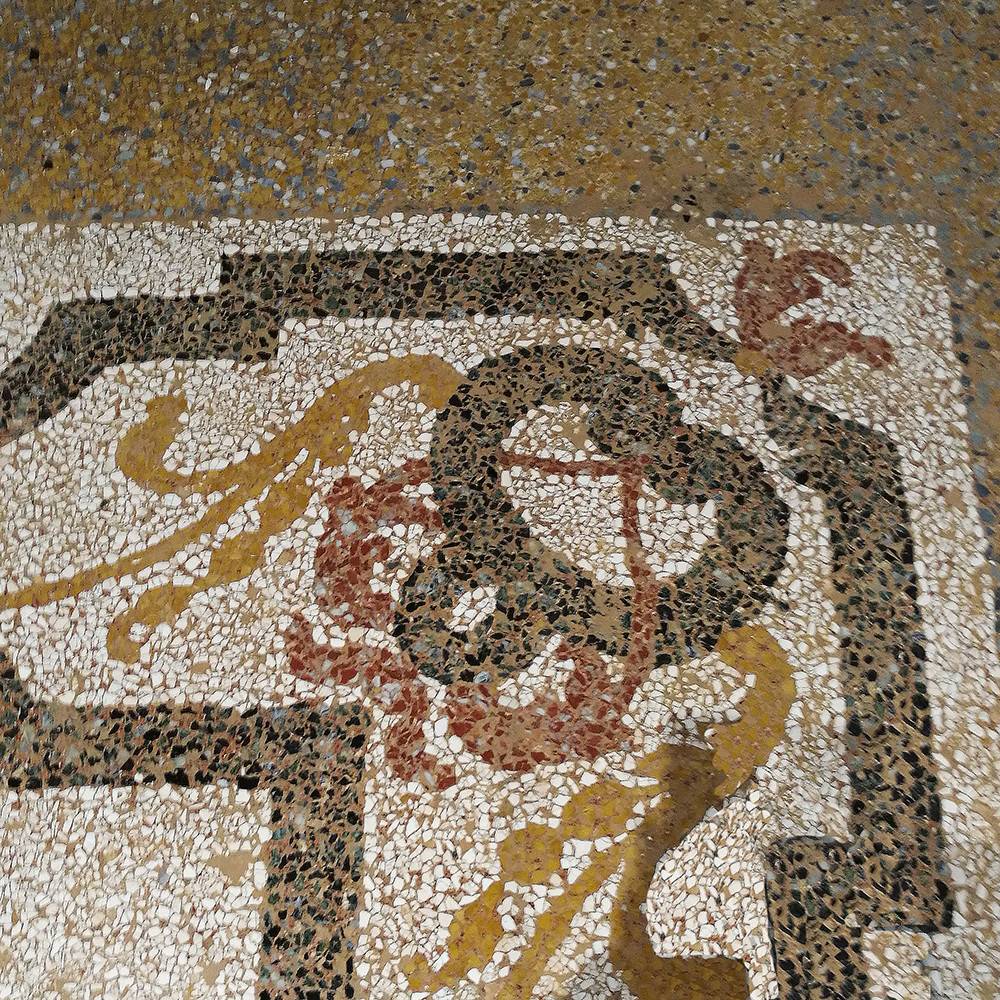Roberto e Alessandro Patrizio
pavimenti alla veneziana
Roberto e Alessandro Patrizio
pavimenti alla veneziana
"You try to give new life to these floors by identifying with the person who made it and trying to maintain the harmony."
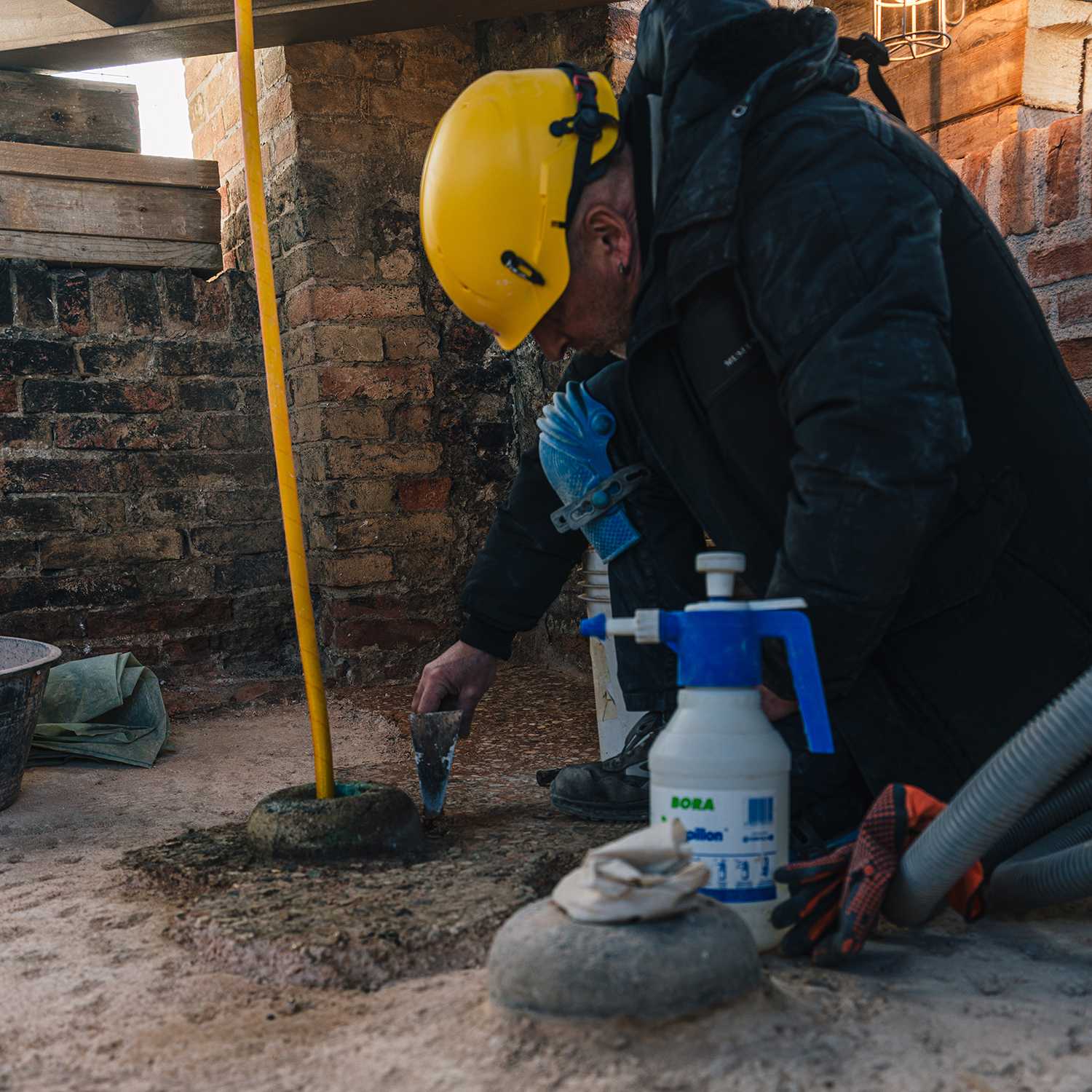
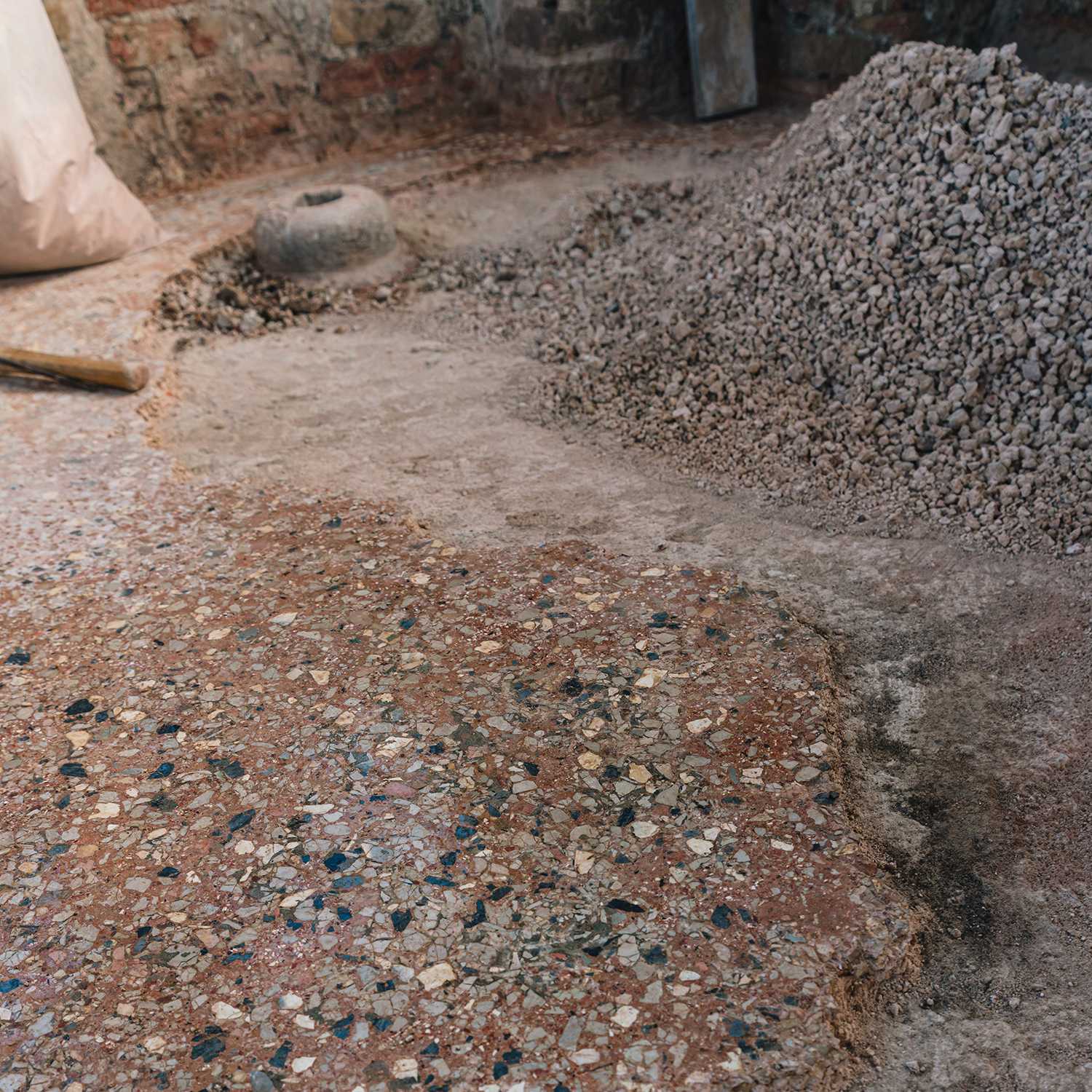
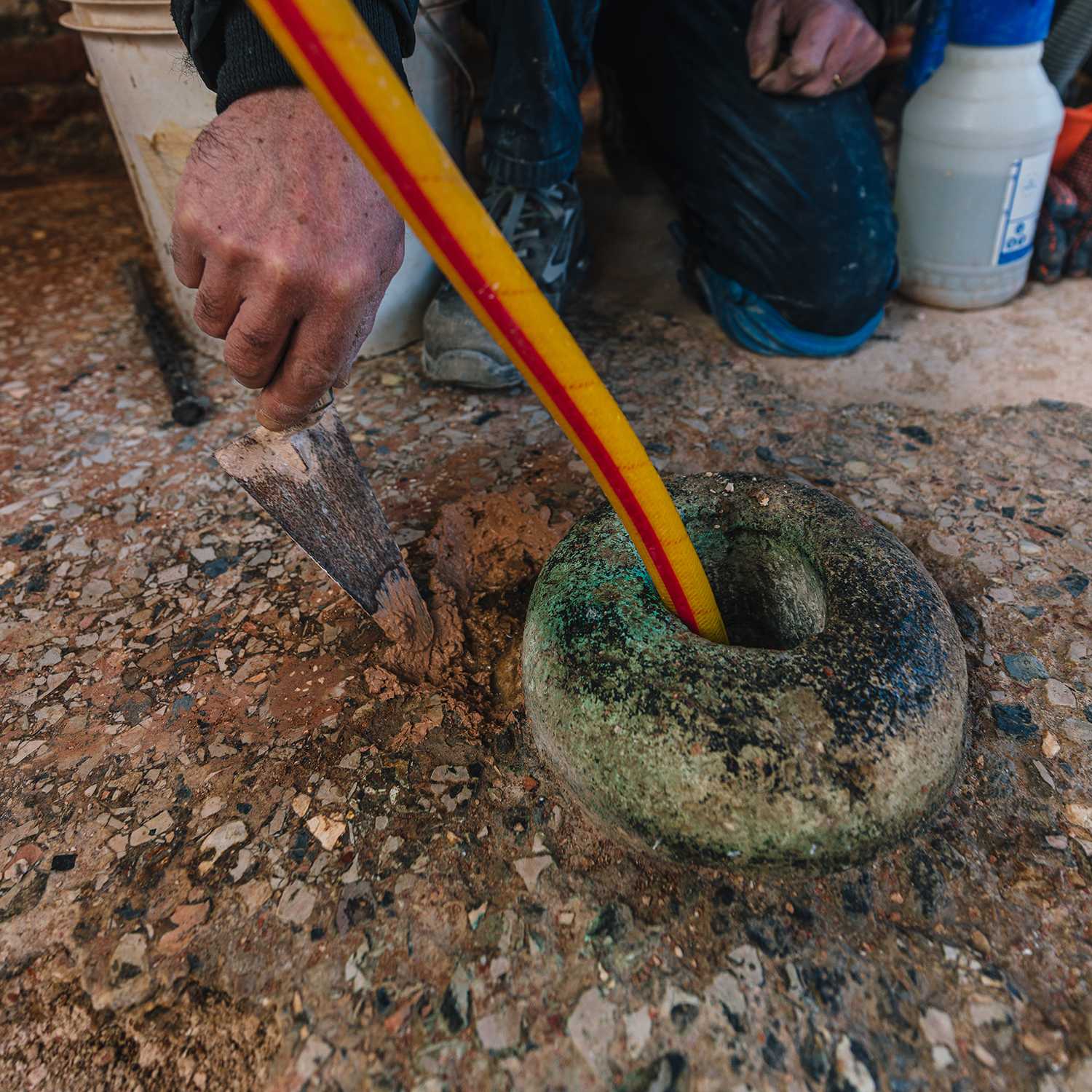
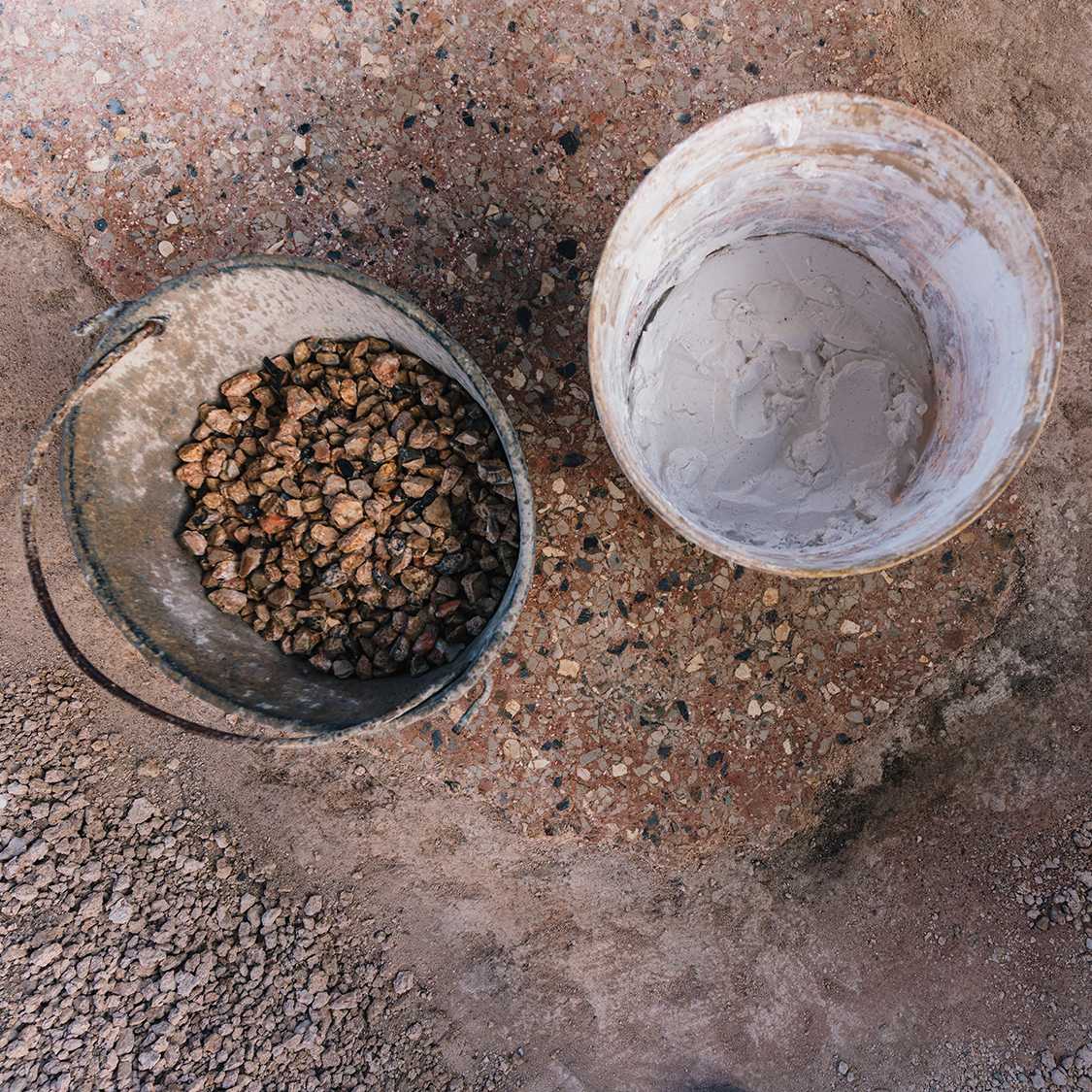
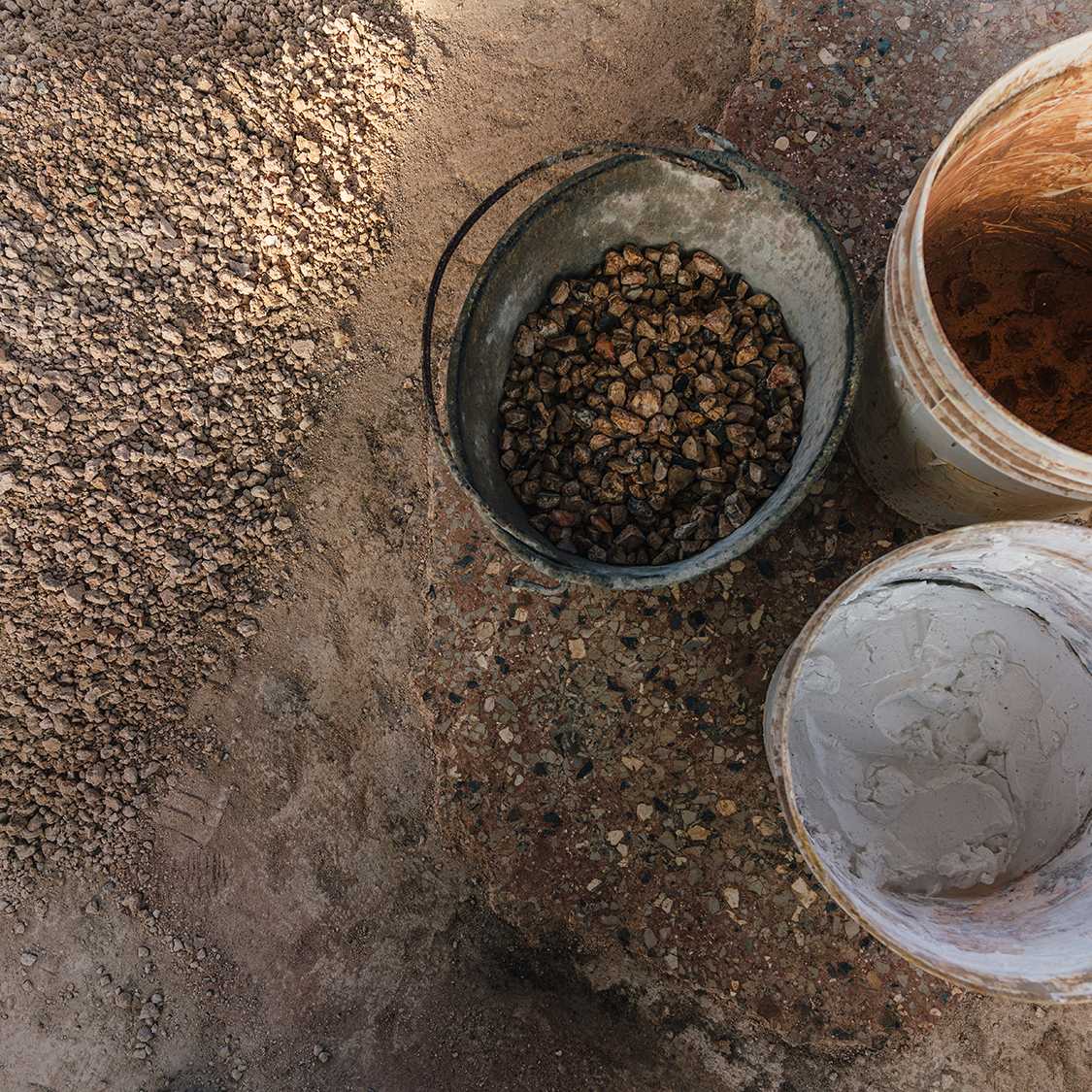
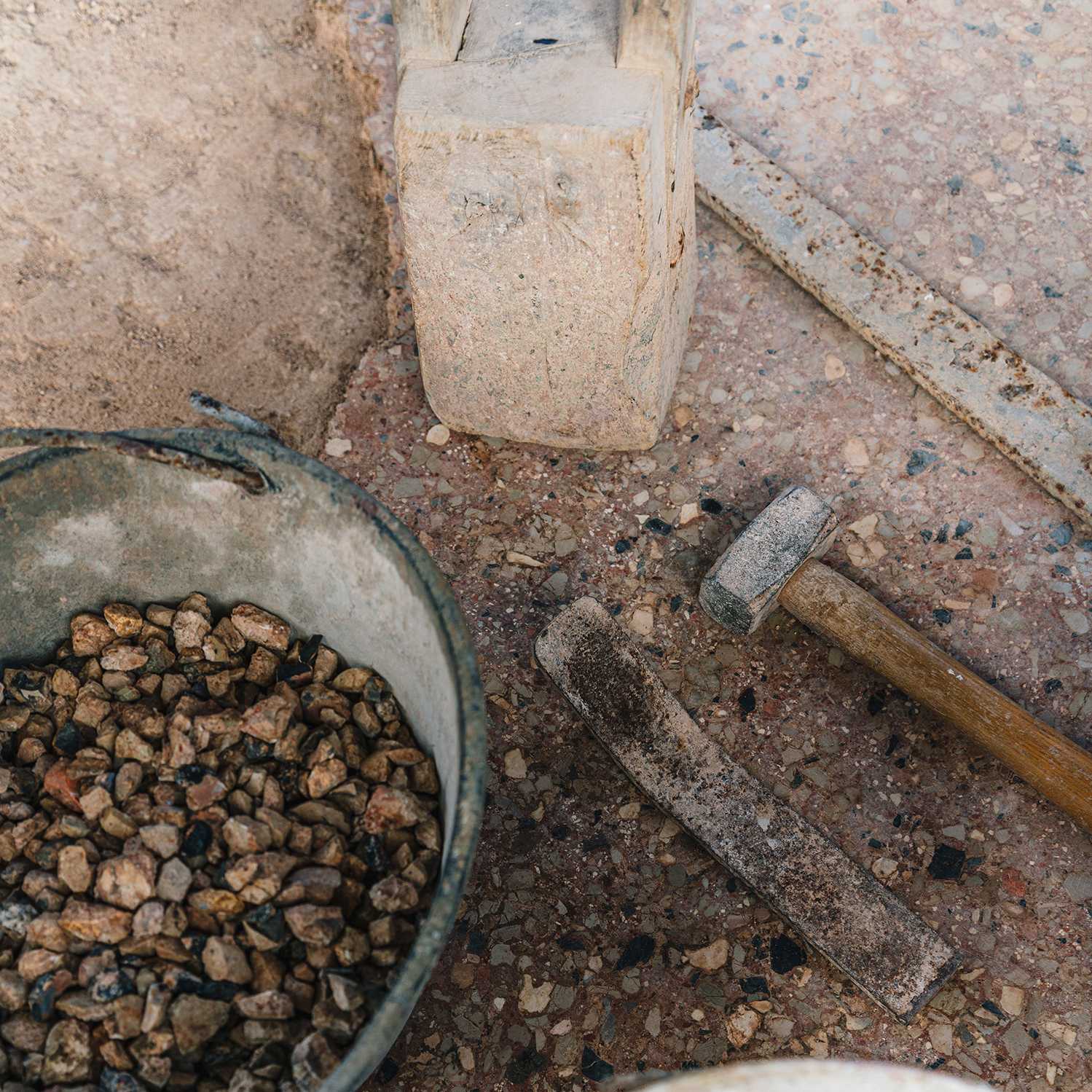
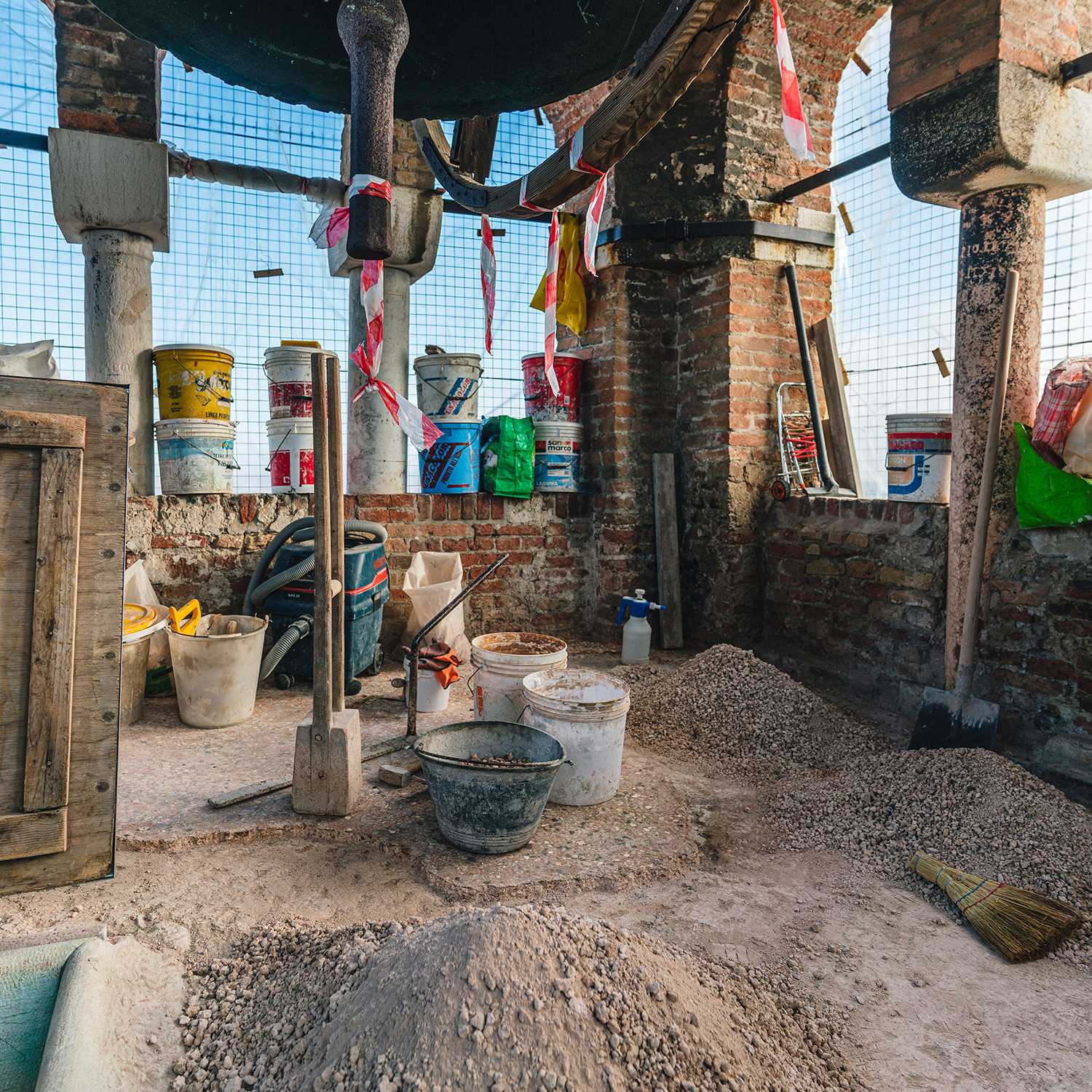
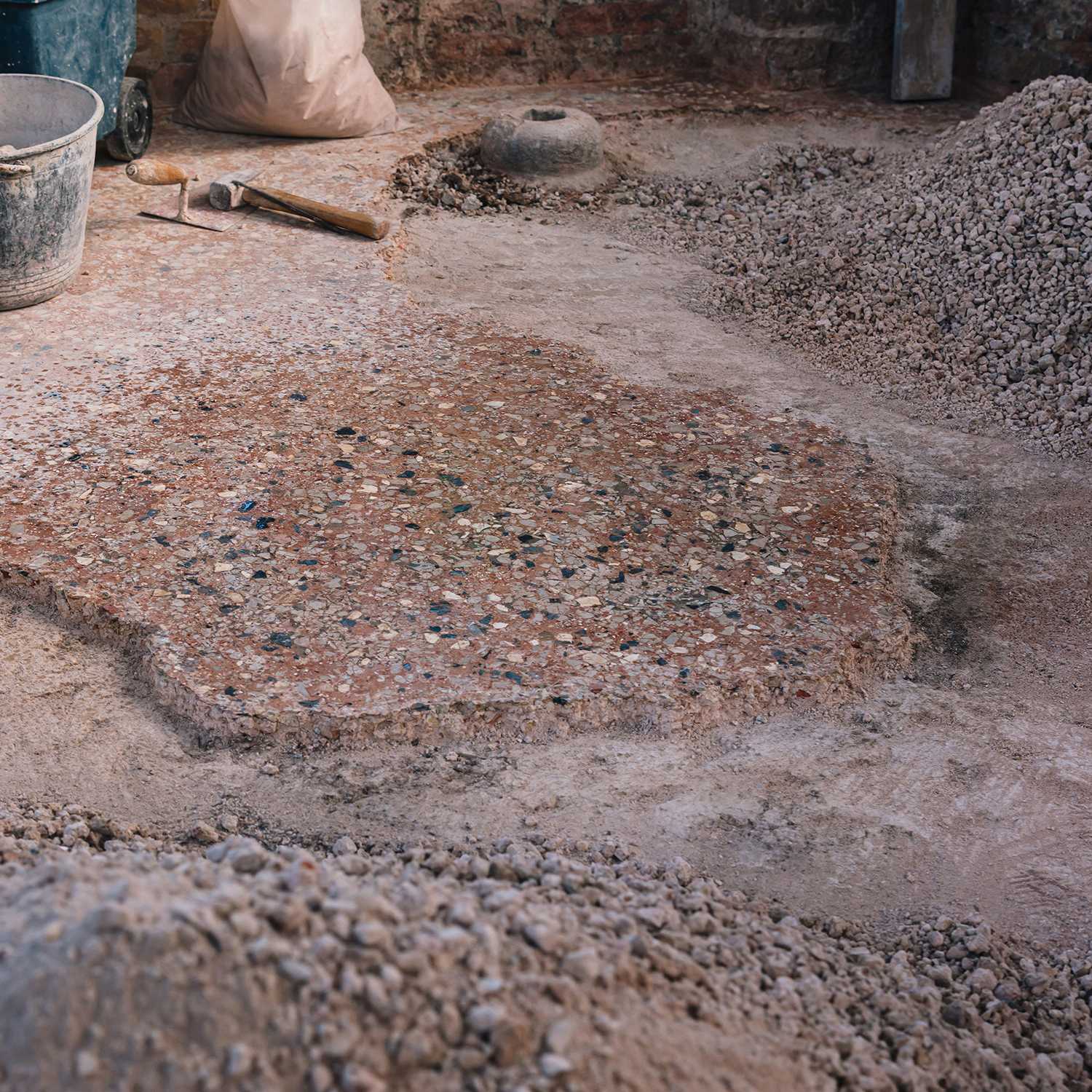
Venetian flooring, also called "terrazzo" or "battuto alla veneziana", is a particular flooring technique present in the Triveneto area known since the ancient Greeks and Romans but spread especially with the Doges of the eighteenth century. In Venice, it is still possible to create and restore this type of flooring thanks to the craftsmanship of the company Patrizio Attilio, a family business founded in 1973 that has been perpetuating the art of terrazzo workers for at least three generations. Roberto and Alessandro Patrizio mainly renovate antique floors using the same technique and materials of the past trying to respect, as much as possible, the technique and the building style – because every antique floor deserves respect as much as the craftsman who made it. The peculiarity of these floors lies in the binder made of slaked lime from river stones, a material that is difficult to find today, at least in the Veneto region; after being cooked, the lime must be aged for at least two years before it is ready to be worked. This material allows for greater elasticity than cement floors, which are more resistant but more prone to cracking with the settling of buildings. Lime, on the other hand, withstands deformations better without suffering obvious fractures, an aspect that is particularly useful in Venice. Although the terrace is generally made of poor materials, what gives particular value to these artifacts is the processing technique, faster for a uniform seeding or longer for bands and decorations made with templates or with the "a spolvero" technique, or real mosaics made on paper and then transferred onto the floor. In restorations it is important to use ancient materials, also in this case not always available, such as Istria stone. The foundation is made of inert materials and crushed earthenware properly mixed with slaked lime and then beaten. Once hardened, it is the base on which the so-called "coverta" is laid, 2-3 cm thick, made of inert materials, crushed earthenware and slaked lime and then beaten. Above the "coverta" is spread the "stabilitura" (marble granite, earthenware and slaked lime) of a thickness of one centimeter over which are sown all the granules, marble fragments and stones of various sizes. The marble, previously moistened, is pressed through the rollers, called "columns", beaten repeatedly with the "fero da bater", the "batipalo" and the "lama e martelo" and then be smoothed and polished, but after resting for at least one month under a nylon sheet to prevent the surface from drying too quickly and losing strength and resistance. Relying on these craftsmen also for new floors means being able to create decorations and patterns that recall ancient workmanship, studying and recreating plots and threads, (the contours that follow the designs) with infinite colors and geometries, inserting particular marbles and even glass. While today we tend to standardize all environments, in the past each room had its own characteristics with classic decorations but always very sophisticated. In Venetian floors each work is different from the other and customizable even for the most demanding customers.
ditta Patrizio Attilio snc
 Cannaregio 683
Cannaregio 683
DISCOVER ALL THE ARTISANAL PRODUCTS
Showing 1-1 of 1 item(s)


